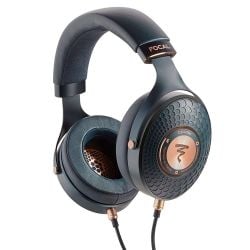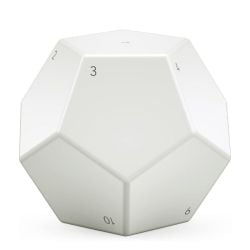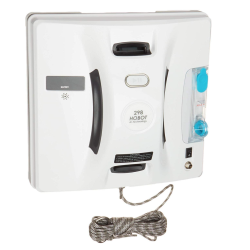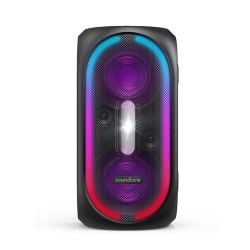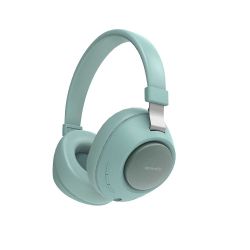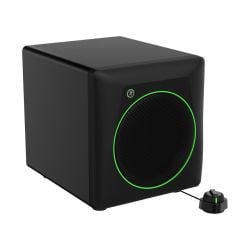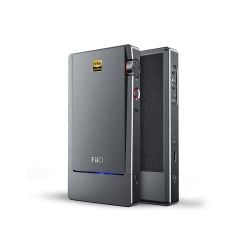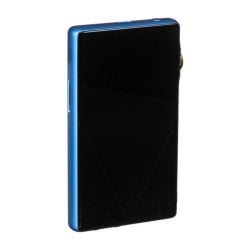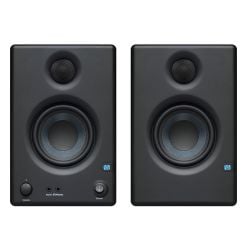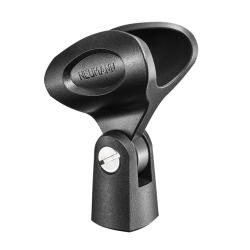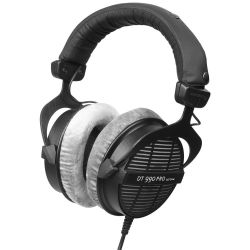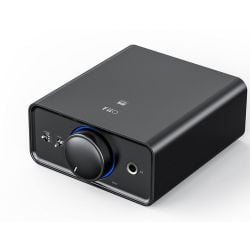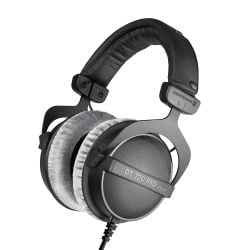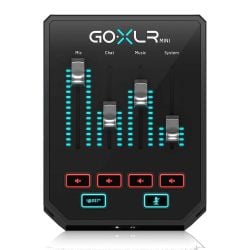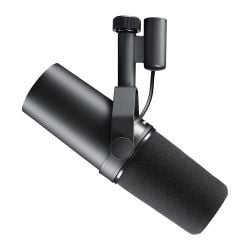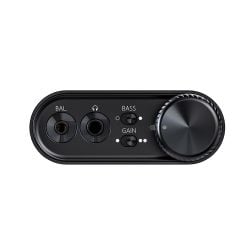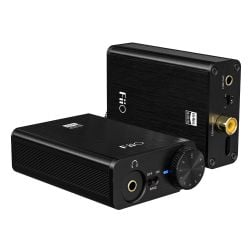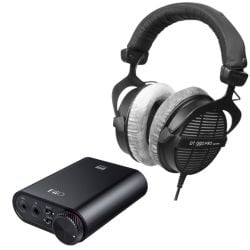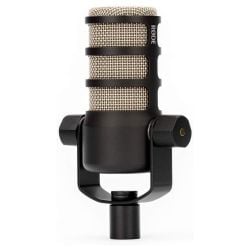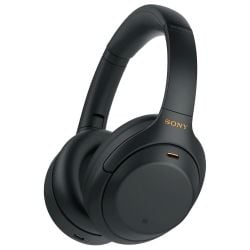Neumann KMS 105 Supercardioid Condenser Handheld Vocal Microphone - Nickel
The KMS 105 microphone from Neumann has been specifically developed to optimally and clearly transmit the human voice within the demanding conditions present on a live stage. The high acoustic resolution and smooth frequency response of the microphone ensure that the musician has control of their performance at all times.
Features:
- Condenser microphone for crystal clear highs deep lows
- Neumann sound on stage
- Excellent transparency for vocals/speech
- Without off-axis coloration
- Transformerless output
- Supercardioid polar pattern with excellent feedback rejection
- Effective pop shielding without any side effects
- Set includes stand clamp
- Requires +48V phantom power
Recommended Products
Customer Also Viewed
Samma3a Review
Technical Specification
- Operating Principle Pressure gradient transducer
- Directional Pattern Supercardioid
- Frequency Range 20 Hz to 20 kHz
- Sensitivity 4.5 mV/Pa @ 1 kHz into 1kΩ
- Impedance 50 Ω
- Load Impedance 1 kΩ
- Equivalent Noise Level
- CCIR: 28 dB
- A-weighted: 18 dB-A
- Signal-to-Noise Ratio
- 66 dB CCIR (relative 94 dBSPL)
- 76 dB A-weighted (relative 94 dBSPL)
- Maximum SPL 150 dB for THD 0.5%
- Maximum Output Voltage 12 dBu
- Dynamic Range Microphone Amp: 132 dB (A-weighted)
- Phantom Power 48V, +/-4V
- Current Consumption 3.5 mA
- Connector XLR 3 male
- Diameter 1.8" (48 mm)
- Length 7" (180 mm)
- Weight Approximately 10.5 oz (300 g)
- Warranty 1 year
What Is In The Box
- Neumann KMS 105 Supercardioid Condenser Handheld Vocal Microphone - Nickel
- SG 105 Stand clamp
- Padded nylon bag
Videos
Manufacture Description
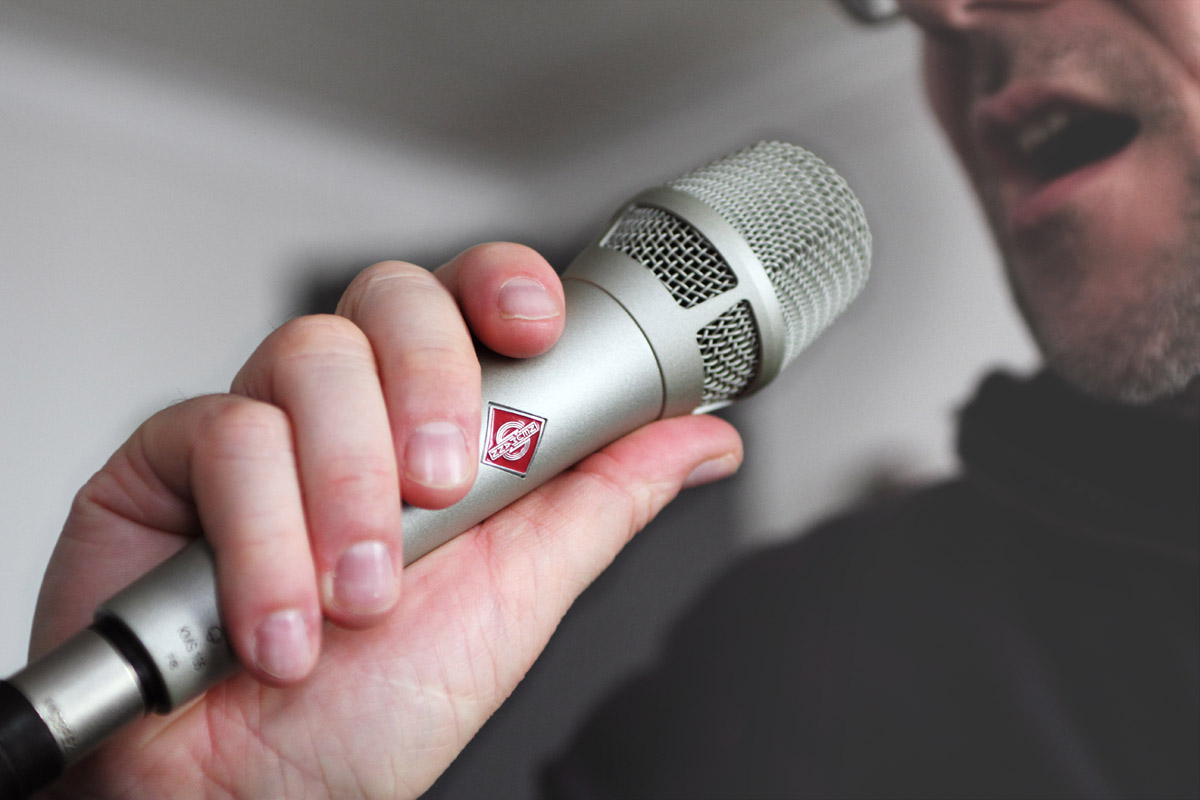
NEUMANN SOUND ON STAGE
The KMS 105 is a studio grade vocal microphone for stage use. Its precision manufactured condenser capsule offers true Neumann sound quality, combined with all the virtues of a rugged stage microphone: excellent pop protection, low handling noise, enormous SPL capability, and high feedback resistance, thanks to its tight supercardioid pattern.

Crystal-clear Onstage Vocals
Neumann is world renowned for their legacy of fantastic studio microphones, but with the elegant KMS-105 they make their uncompromising standards available in an affordable, high-quality handheld mic. The exquisite design includes an elastic shock mounted supercardioid capsule with three metal basket layers providing a robust method of getting rid of those frustrating plosives. Not only is it a luxurious-looking mic; it’s also very lightweight, making it a pleasure to use in live performance. When compared to other handheld vocal mics, the KMS 105 offers superior resolution with extended frequency response and accurate transient detail. Sibilance problems common to other handheld condenser mics are eliminated. No foam is used in the basket, thus eliminating any "clouding" or "muffling" of the sound. If you're ready to step up the Neumann of handhelds, Sweetwater has your mic: the KMS-105.

Superior parts and design: superior sound
The K 105 capsule used in the Neumann KMS-105 was developed from the K 50, found in the KMS 150, KM 150 and KM 185 microphones. The K 105 features a supercardioid pattern, achieved by specially modifying the response of the K 50 pressure gradient transducer. The frequency response characteristic is developed in the acoustic realm, allowing for accurate representation of transient details found in music and speech, and thus transmitting a very "open" and detailed capture of the human voice. Due to the tight supercardioid polar pattern and the coloration-free off axis response, a very high level of gain before feedback is achieved. This polar pattern offers the highest degree of isolation while still allowing for a generous "sweet spot" in front of the microphone.
 BHD
BHD JOD
JOD LBP
LBP OMR
OMR QAR
QAR SAR
SAR USD
USD AED
AED







